History
Magis is the story of a family, its passion for design and its drive to be daring. It all began in 1976 when visionary entrepreneur Eugenio Perazza decided to take a gamble on design. He started in Motta di Livenza, a small agricultural town in the Veneto region, where the artisanal dimension was a hotbed of creativity.
His idea was a bold one: pushing major serial industrial production, constantly experimenting with new codes, technologies and materials. He wanted to offer something “more” than the ordinary or predictable, as reflected in the name Magis itself, which means “more”.
Times were tough, but Perazza was a force of nature and he never stopped dreaming. Two months after its launch, Magis attended its first Salone del Mobile. The new brand was driven by great zeal, and little by little it broke down the traditional canons to which the area faithfully adhered: conventionalism and scepticism gave way to the new perspective of Magis.
“L’Esprit Magis”
Magis rapidly brought to the fore an international vision, all the while fully respecting and supporting local craftsmanship. Design, innovation and experimentation were at the company’s foundations. Its goal, to redefine the horizons of design. A story built step by step, achieving many important goals along the way.
“we are a factory of artists because we know how to use our courage, intuition and creativity”
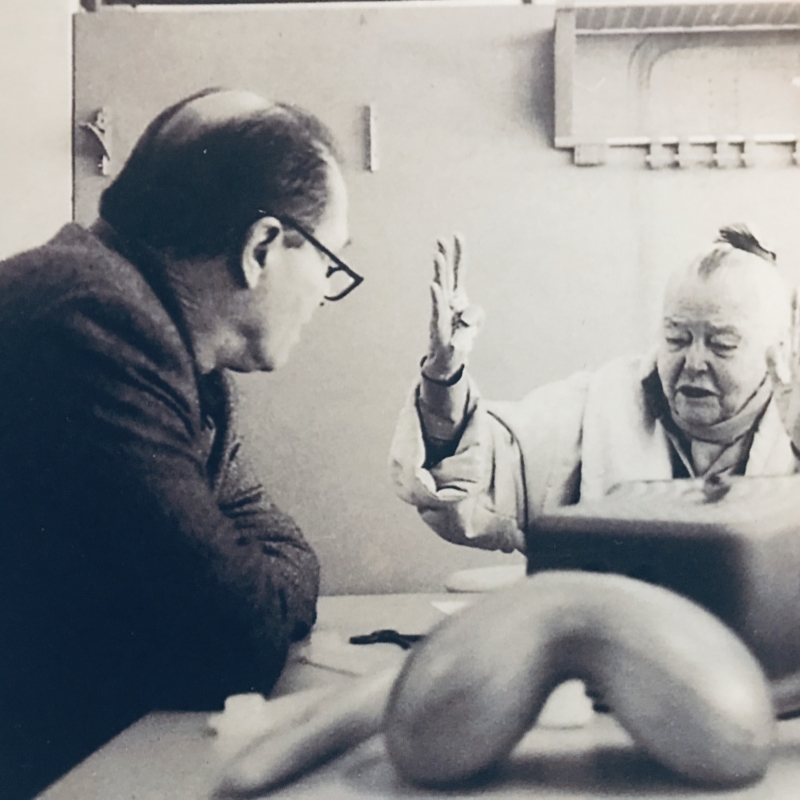
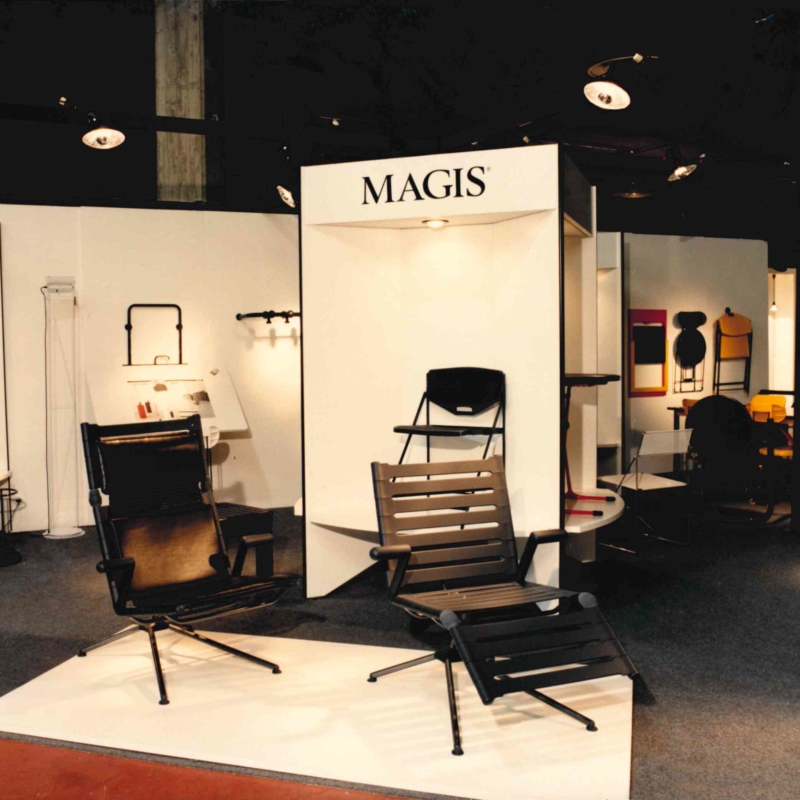
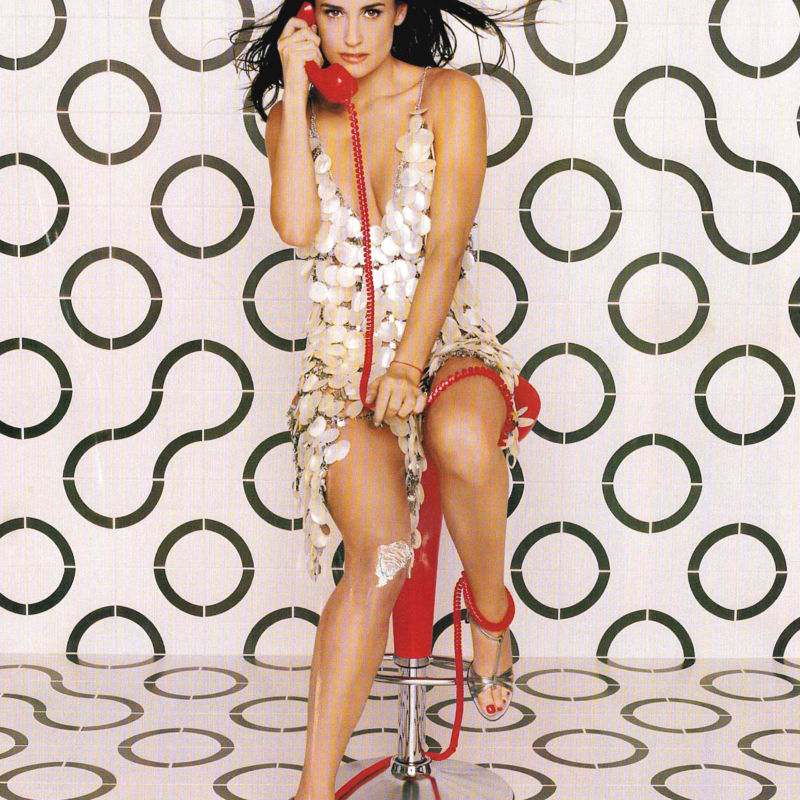
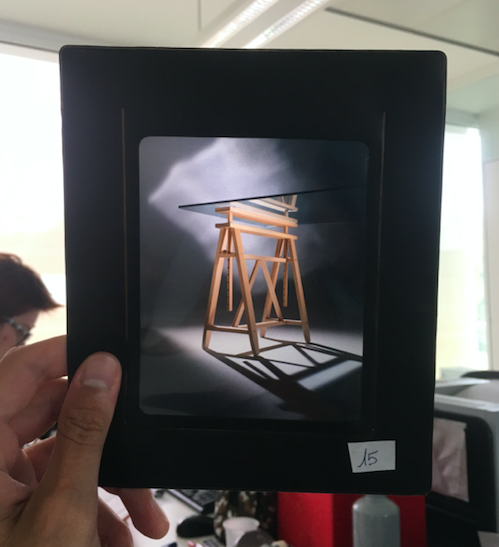
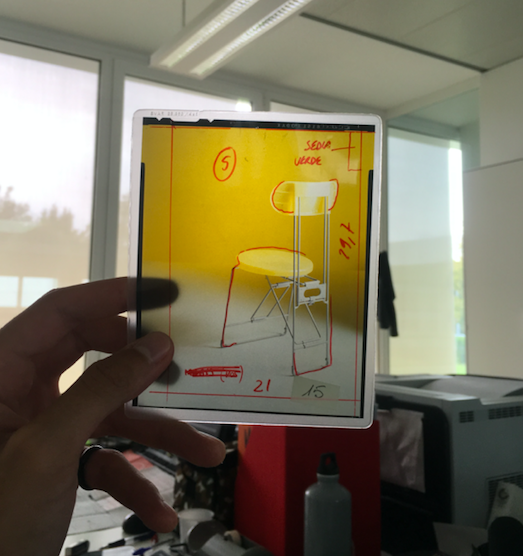
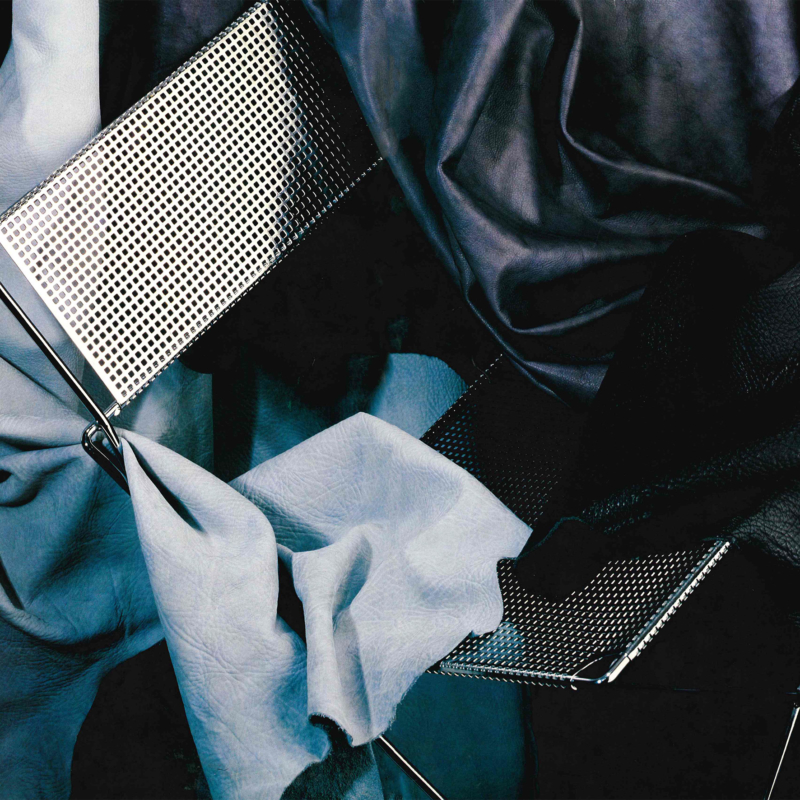
The collaboration with designers Andries Van Onck and Marc Berthier marked the first major milestone: collaborations between Magis and new design talents started mushrooming, leading to a series of successes.
In 1994 Bottle appeared on the international design scene. The stackable bottle rack was the first Magis product designed by Jasper Morrison, and it won several international awards, earning a place in the permanent exhibitions of many museums, from MoMa in New York to the Victoria & Albert Museum in London.
In 1996, two more family members, Barbara Minetto and Alberto Perazza, joined the company, expanding the brand’s vision even further. A year later, Magis presented Bombo, the stool that would soon become the most copied of all time. Today it is a style icon.
Come the 2000s, Magis inaugurated the new century with a technological revolution: Air-Chair, the first single-shell chair designed by Jasper Morrison and made by air-moulding. In 2003 came Konstantin Grcic with Chair_One, another chair that revolutionised the design world, this time with die-casting technology.
“we are people with our heads in the clouds and our hands busy experimenting”
All that is simple and ordinary is not in the nature of Magis, and the desire to explore new pathways never stopped. Chasing hyper-innovation in materials was not enough, however: the company sought new keys to interpretation, emphasising combinations of materials, recovering ancient techniques, and focusing on the craftsmanship in the details. The culture of “well made” products, typical of the best in Italian style, revealed new facets.
In 2004, Magis entered the world of children’s furniture. Grandpa Eugenio wanted to give his granddaughter a “proper” table, but he couldn’t find a suitable one, so he decided to create a whole line of design that offered both practicality and educational value. And so it was that Me Too came to be, the first collection of designer furniture as seen through the eyes of children.
Me Too allowed little ones to experiment with their creativity in a fun, easy way. Between chairs to be ridden, treasures to be hidden and modular beds, 2005 saw the arrival of Puppy, the little dog designed by Eero Aarnio, soon to become a pioneer of design for children that adults would also love.
Magis was growing fast, and in 2010 it moved to Torre di Mosto, to a site offering over 98,000 square metres in which to house the assembly department, logistics and administrative offices and a large showroom.
A year went by, bringing two more successes: Magis reissued Mendini’s famous Proust, a symbol of re-design, in an outdoor version in polyethylene, and won its second Compasso d’Oro with Steelwood Chair (the first was in 2008 with Trioli by Eero Arnio). Later, three more would be added, in 2014 for Spun, in 2020 the lifetime achievement award to Eugenio Perazza and in 2022 for Plato, in addition to numerous other international accolades.
Magis continues to look to the future and to pay due attention to the environment: sustainability, including product durability, is increasingly emphasised. Two of Magis’ many “green” expressions are from 2020 and 2021: Bell, a chair by Konstantin Grcic in recycled polypropylene sourced from production waste, and Costume by Stefan Diez, the sofa in recycled and recyclable polyethylene that outlines a new concept of relaxation.
Today Magis, led by CEO Alberto Perazza, is an internationally acclaimed company present not only in homes, contract and public spaces, but also in several permanent collections at major museums around the globe.
A creative voice that leads the way and never stops aspiring to new design dreams.